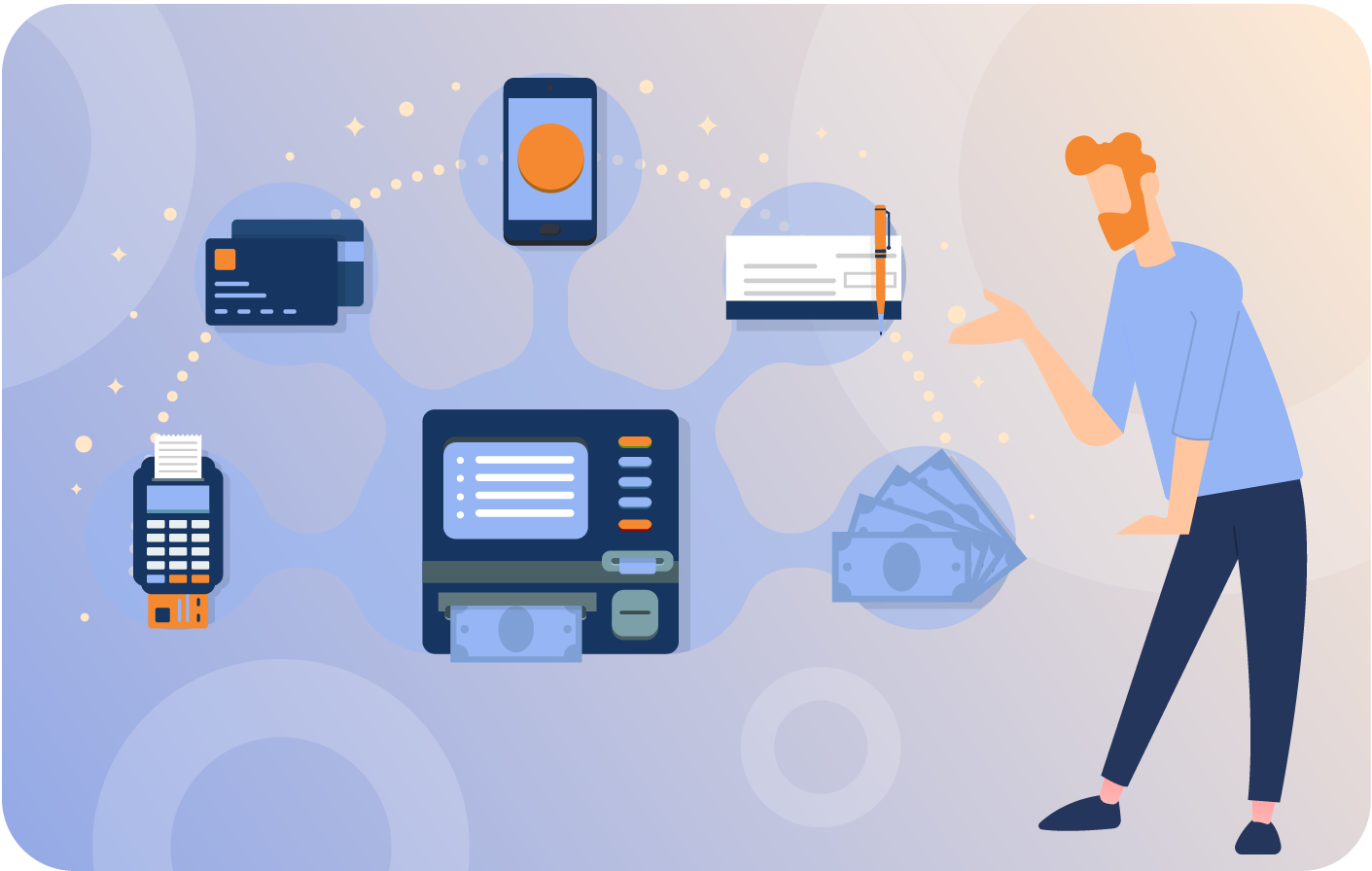What's currently affecting SaaS pricing?
Your business has probably already noticed the steeply rising inflation, supply chain and logistics issues, and faltering consumer confidence. It may seem obvious to state it, but we’re facing a period of global economic instability and have been for some time (and will be in the short-to-medium term).
According to an International Monetary Fund report, “global growth is expected to slump to 2.9% in 2022, and it is expected to hover around that pace over 2023-24 as the war in Ukraine disrupts activity, investment, and trade in the near term and fiscally and monetary accommodation is withdrawn”.
What do all these factors mean for SaaS sellers? Should you lower your SaaS fees, with inflation rising, and a possible recession impacting your customers? Or do you raise them to cover your growing costs?
What are SaaS companies expected to do - raise or lower SaaS fees?
For all of us, inflation pain is real. The BBC reported recently that inflation in the UK is set to hit over 13% and CNN reported that we faced a “new pandemic-era” inflation peak in June, with consumer prices increasing by 9.1% year-over-year in the US. Chances are, you are wondering if the best way to win new customers is by lowering your prices, since your customers’ budgets are tighter than ever.
Well, let’s learn from recent experience…
Important trends and lessons learned during the inflation in 2021
Budget cuts and significant downgrade in consumer spending were just a few characteristics, along with disruptions in the supply chain during the inflation period in 2021. Let’s see what happened in terms of pricing SaaS fees while markets were struggling in this recovery phase:
What happened when SaaS companies raised prices?
First of all, you’ll be surprised to find out that companies that actually raised their prices grew 15% more than companies that didn’t. Meaning that whatever churn a company experienced by raising its prices was compensated by the actual pricing increase; more than that, pricing increase offset company churn.
The average price increase by SaaS companies was around 20%.
On average, companies seemed to choose 20% as the amount they increased their prices. Companies with less expensive products increased prices the least.
The SaaStr Europa experience
Earlier this year, we attended SaaStr Europa and met with or listened to dozens of VCs. And every single one of them said now is NOT the time to lower SaaS pricing. On the contrary, instead, SaaS companies need to look hard at raising prices. Those extra revenues are critical to extending the runway! Some advised that everyone raise prices by 20% today with new customers, and work to de-grandfather that bottom tier of customers while you increase positive friction.
Are they crazy? Maybe not as crazy as you think. Like you, your target customers are looking at the risk of recession and wondering how they will manage - with perhaps fewer staff, higher customer expectations, and higher product costs. We promise you; they are looking for the right SaaS solution to manage through.
What lessons should you learn regarding SaaS pricing?
1. Revenue generated by increased SaaS pricing offsets increased churn
Companies that raise their prices come out ahead of the ones that don’t even if this will cost you a few customers in the near term, you should not be afraid to re-evaluate your SaaS pricing, more than that, you should be able to consistently test price raises.
2. Not raising prices equals a negative growth rate (when considering inflation)
When we find ourselves in an inflation period, not raising prices is a riskier choice than raising them, even when factoring churn. Companies that decide to keep their prices stable, growth rates during inflation are approximately 5% or below, which is a negative growth when adjusting for inflation.
Don’t be afraid to raise prices, but always back your choices by adding customer value. The trends suggest that an increase in prices is an effective way to protect yourself against elevated inflation and will help your growth.
For our SaaS friends out there - Be their solution! They need you - especially now! However, you must think carefully about how you maximize your total revenues.
Many SaaS companies come to us because they are wondering if they are leaving money on the table, specifically with their payments strategy. Like those VCs, the answer is: We can almost always say YES, there are a lot of upsides! And more importantly, the money they are leaving on the table with their legacy payments’ strategy isn’t even helping their customers. It is lose-lose.
At Handpoint, we are dedicated to helping Software/SaaS companies serve their customers better with embedded payments and keep putting products out here that are a real win-win. We recommend you read our SaaS Strategy Guide to understand why embedded payments are the way forward and how to get started on your payments strategy with Handpoint today.






